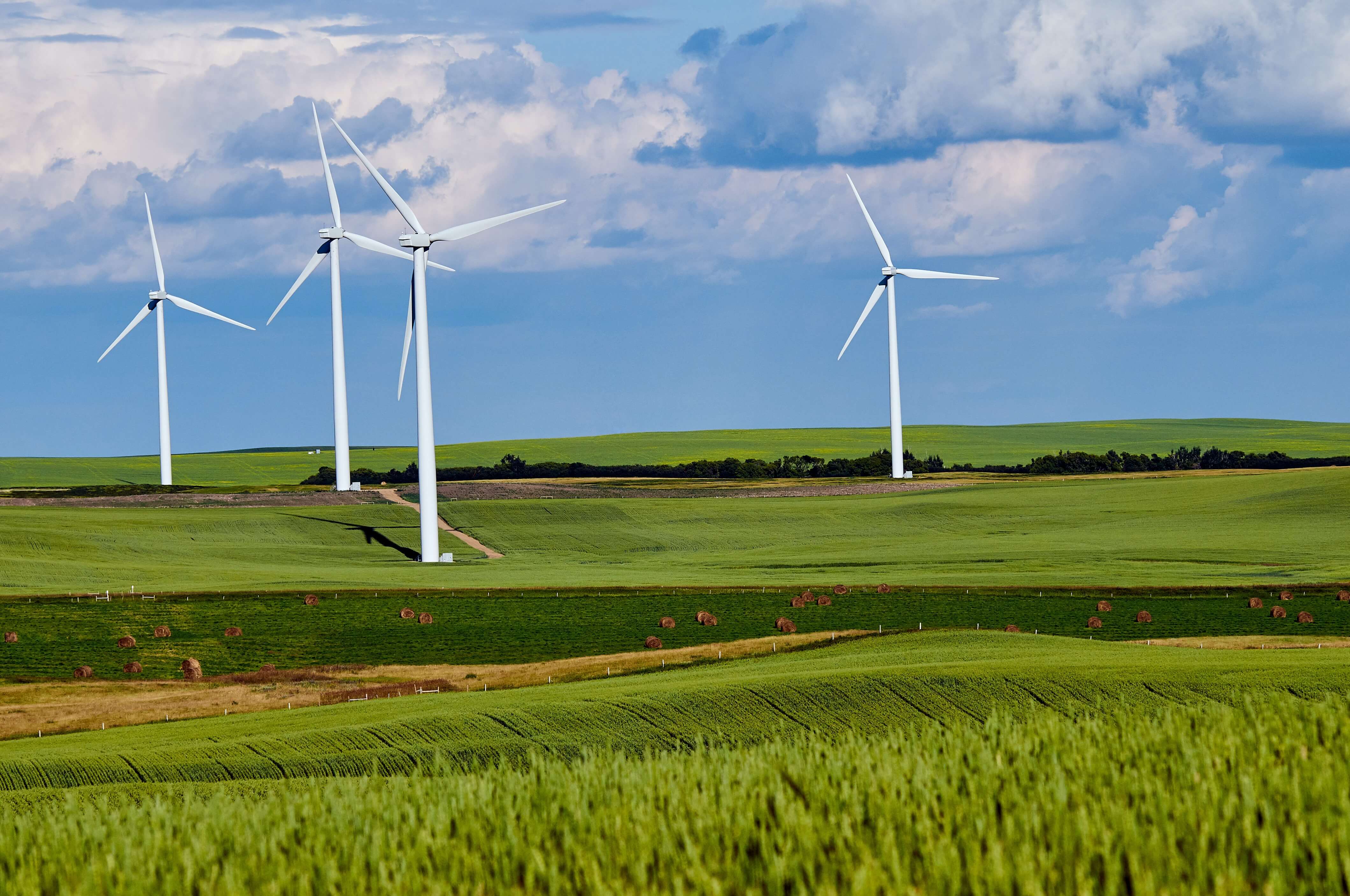Plans for a 150MW wind farm in the Wheatbelt region in Western Australia are currently underway. Synergy Wind Renewable Energy Developers submitted the project proposal to W.A.’s Environmental Protection Authority (EPA).
The Wind Farm Project
The project involves the installation of up to 30 wind turbines on towers with a tip height of up to 240 metres on farming land located northeast of Hyde. It would connect the Western Power network through the 132 kV Kondini to Bounty line.
The Wheatbelt Region
The Wheatbelt region has one of the state’s biggest operating wind energy projects, the 214MW Yandin wind farm near Dandaragan.
The region surrounds the Perth metropolitan area and is home to Aboriginal groups—the Njaki Njaki Nyoongar, Ballardong Nyoonger, and Gudrun. Moreover, the area is popular with tourists, and it is where the world-famous Wave Rock is.
It is also the biggest agricultural producer and the source of almost two-thirds of the State’s wheat production, half of its wool production, and most of its lab and mutton, honey, oranges, and cut flowers.
According to the project owners, RATCH Australia and Alinta Energy, the area is the best resource for wind farming because of its exposure to easterly overnight and south-westerly in the afternoon.
The Largest Wind Energy Project
Indeed, wind energy projects are taking place in WA. In fact, the largest wind energy project, which is the 214MW Yandin wind farm, recently opened near Dandaragan. RATCH-Australia and Alinta Energy are the project developers as well.
The wind energy project generated 51 4.2MW Vestas turbines, making it one of the biggest in Australia. It also has an industry-leading capacity factor of approximately 50 per cent.
Wind energy has a lot of advantages, which is why it is one of the fastest-growing energy sources in the world. However, in Australia, solar energy seems much cheaper than wind energy.
Renewable Energy is the Future
Despite the growing number of wind farms, solar arrays, and electric vehicles, fossil fuels still account for 76 per cent of all energy produced in 2021 across the country. However, with the decreasing costs of renewable energy, it’s not too long until burning coal and gas will be a thing of the past.
The switch to renewables and the energy revolution will be faster than many expect. Indeed, humans can and will transition to 100 per cent clean, green, and renewable energy that won’t cost the planet. As the prices change right before everyone’s eyes, it will happen faster than most people think.
Solar energy has become incredibly cheaper to produce now; therefore, if you’re thinking of switching to solar, now is definitely the time to do it.
Energy Matters has over 17 years of experience in the solar industry and has
helped over 40,000 Australian households in their journey to energy independence. Complete our quick Solar Quote Quiz to receive up to 3 FREE solar quotes from trusted local installers – it’ll only take you a few minutes and is completely obligation-free.
However, it’s still people’s personal choice to speed up the switch away from fossil fuels. People should be optimistic about making a difference by changing the way they generate electricity for their properties. All of these choices have an impact.
Wind vs. Solar Energy: Which is Best?
Technically, the wind is a form of solar energy. It works this way: when the sun’s radiation heats the uneven surface of the Earth, hot air then rises, and cool air settles; and this creates the wind, which is a kinetic form of energy.
It is the responsibility of wind turbines to capture that kinetic energy. So, when the wind blows over the blades of the turbines, its generator will convert the energy of the rotating blade into mechanical power. Then it will be converted into power to pump water, generate electricity for homes and businesses, and more.
On the other hand, solar energy is the sun’s radiation that reaches the planet. When the sunlight hits the PhotoVoltaic (PV) cells inside the solar panels, the cells will then transform the sun’s radiation into electricity.
So, which renewable energy is right for you?
For properties in Australia, solar energy is preferred because they don’t take up too much space. They are installed on rooftops for homeowners and business owners to generate power. This is why wind power is mostly found in rural regions that are far from cities because they take too much space.
Suburban or urban regions may benefit more from solar panels because they are more practical. They can also be purchased or leased at more affordable rates.

Therefore, the best solar panels these days have power capacities between 250 and 400 watts, while the most efficient solar panels can reach efficiency levels of around 20 per cent, which means 20 per cent of the energy that strikes the panel is converted into electricity.
Additionally, most properties are grid-tied, so property owners won’t lose their connection with their local utilities. However, there is the option of off-grid solar for small-scale applications.
The new wind farms being built across Australia can help meet 7.1 per cent of the country’s total electricity demand. In 2020, the wind was Australia’s leading source of clean energy, supplying 35.9 per cent of clean energy and 9.9 per cent of Australia’s overall electricity.
South Australia has the biggest number of installed wind and solar capacity at 1,831MW, followed by New South Wales at 1,759MW and Victoria at 1,634MW.
Get a quick solar quote, or contact us today toll-free on 1800 EMATTERS or email our friendly team for expert, obligation-free advice!













































